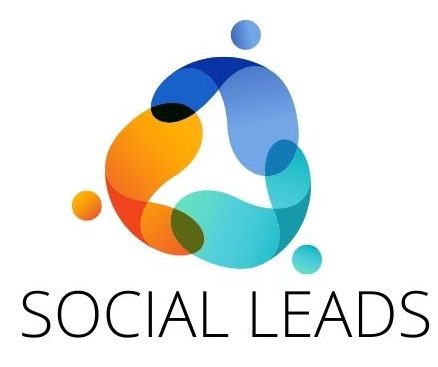In an increasingly globalized world, the need for precise communication across languages has never been more critical. Traditional translation methods, though valuable, often struggle with capturing the nuances, context, and cultural subtleties that are essential for effective communication. Artificial Intelligence (AI)-enhanced translation, however, has emerged as a game-changer, offering greater precision and accuracy in translating content. By leveraging advanced algorithms and machine learning, ai enhanced translation tools unlock new possibilities for businesses, professionals, and individuals seeking to overcome language barriers with high precision.
1. Enhanced Accuracy and Contextual Understanding
One of the most significant benefits of AI-enhanced translation is its ability to understand and translate context more effectively. Unlike traditional translation methods, which can sometimes lead to awkward or incorrect translations due to a lack of understanding of context, AI tools are capable of analyzing larger chunks of text and identifying the meaning behind the words. With machine learning and deep neural networks, these tools adapt over time, improving their ability to recognize idiomatic expressions, cultural references, and industry-specific terminology. This results in translations that are not only accurate but also contextually relevant, ensuring the original message is conveyed effectively across languages.
2. Speed and Efficiency
AI-powered translation significantly reduces the time required to translate large volumes of text. Traditional translation methods, especially those involving human translators, can be slow and costly, especially when dealing with multiple languages or complex documents. AI-enhanced translation tools, on the other hand, can process and translate content in real-time, making them ideal for businesses that need to update their websites, marketing materials, or product information quickly. The speed of AI translation allows companies to maintain a consistent flow of content without delays, enabling faster decision-making and smoother operations.
3. Scalability for Global Expansion
As businesses expand into new international markets, the need for scalable translation solutions becomes essential. AI-enhanced translation tools provide the scalability required to handle large amounts of content across multiple languages simultaneously. Whether it’s translating customer support materials, legal documents, or marketing campaigns, AI tools allow businesses to reach a global audience without overwhelming resources or compromising on quality. This scalability makes AI-powered translation an ideal solution for organizations looking to grow their global presence efficiently.
4. Cost-Effectiveness
AI-enhanced translation offers a cost-effective alternative to traditional translation services. Human translators, while skilled, can be expensive, especially when translation projects are large or require specialized knowledge. With AI, businesses can reduce the need for extensive human intervention, lowering the overall cost of translation projects. While AI tools still require some oversight, especially for more complex or creative translations, the automation of routine translations makes the process far more economical, especially for businesses with frequent translation needs.
5. Continuous Improvement and Learning
AI-enhanced translation tools improve over time by learning from data. The more they are used, the more they understand the intricacies of language, dialects, and subject matter. This continuous learning process results in more accurate translations and a better overall experience for users. AI-driven translation tools are also able to stay updated with changes in language use, slang, and emerging terminology, ensuring that translations remain current and relevant.
6. Supporting Multilingual Collaboration
In today’s interconnected world, collaboration across borders and languages is the norm. AI-enhanced translation breaks down language barriers in real-time, making it easier for teams from different linguistic backgrounds to work together seamlessly. Whether it’s in business negotiations, project management, or international customer support, AI tools facilitate smooth communication, ensuring that all parties can contribute effectively regardless of their native language.
Conclusion
AI-enhanced translation has revolutionized the way we approach language and communication. Its precision, speed, scalability, cost-effectiveness, and continuous learning capabilities make it an invaluable tool for businesses, professionals, and individuals alike. As AI continues to evolve, the ability to achieve even higher levels of accuracy and contextual understanding will only improve, unlocking even more potential for breaking down language barriers and fostering global collaboration. For those looking to communicate across languages with precision and efficiency, AI-enhanced translation is the future
